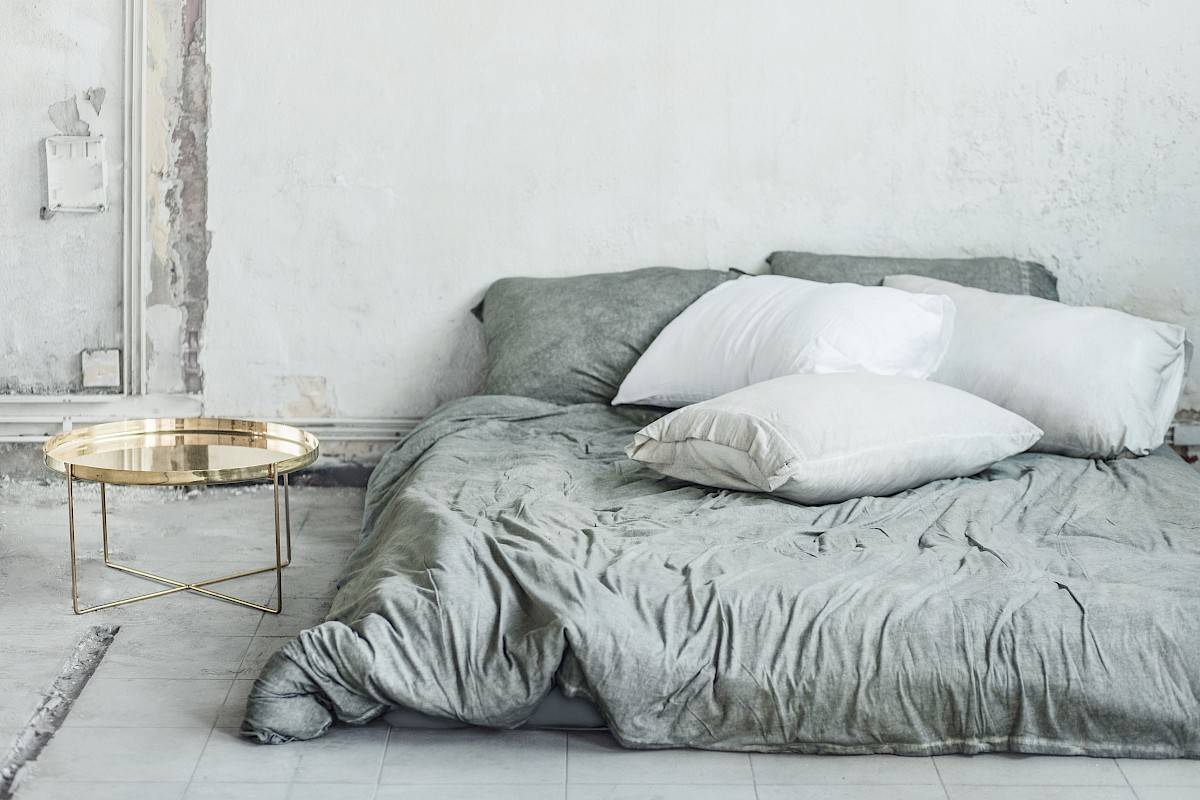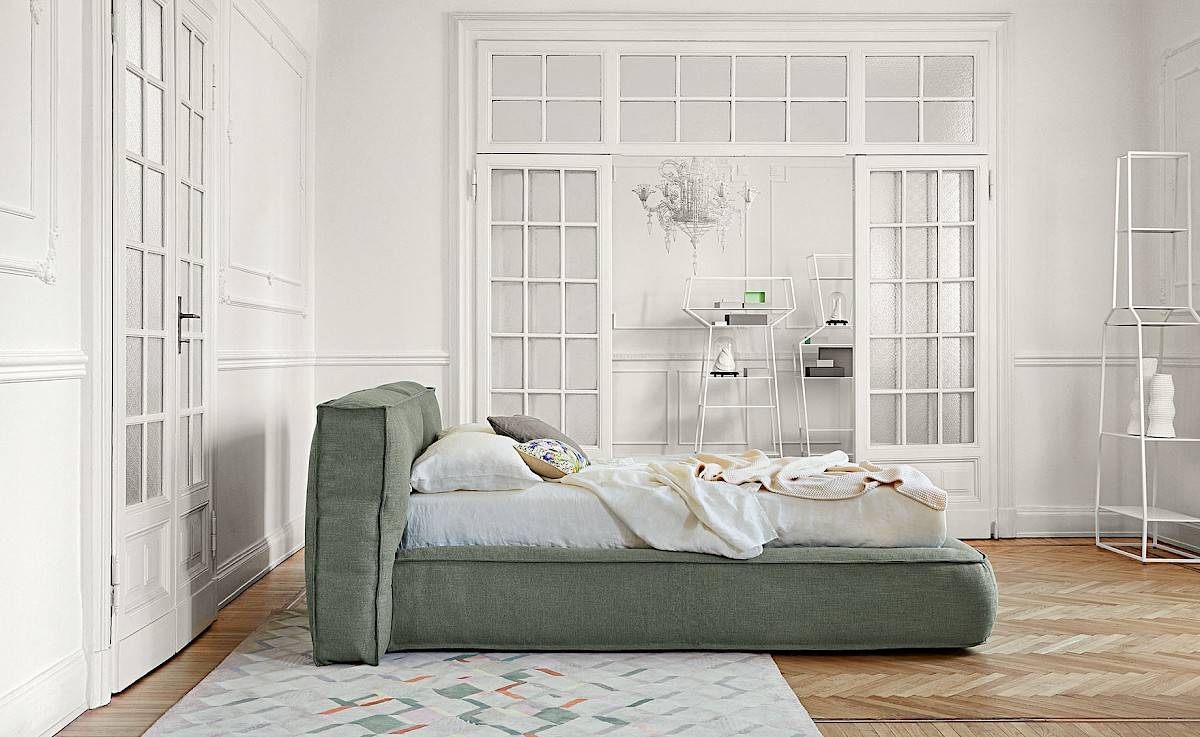Mattress on the floor: yay or nay?

Why you should not place your mattress directly on the floor
Online, you often see beautiful photos of wonderful bedroom interiors with pretty curtains, a large mirror, cosy cushions and... a mattress on the floor. It may look romantic and be in keeping with the minimalist interior design trend, but putting your mattress on the floor is definitely not recommended. Allow us to explain why:
Lack of ventilation
We all perspire at night. When your mattress is on the ground, the lack of ventilation can turn your mattress into the ideal environment for bacteria and molds, which in turn can lead to allergies and unpleasant odors. Doesn't sound pleasant, does it?
Additionally, the floor where the mattress is placed is usually cold, which not only contributes to extra moisture in the mattress but also gives a very chilly sensation to the mattress. You can actually best compare the mattress to a window: when it's cold outside and warm inside, you'll get condensation on the window, the same happens at the bottom of your mattress.
Good airflow is important to keep your mattress dry and hygienic.
Keen to find out how you can keep your mattress in the best possible condition? Read our tips here.
It is difficult to get in and out of bed
Sleeping close to the ground makes getting in and out much more difficult. Therefore, it is not recommended to place your mattress on the floor, especially for pregnant women, elderly individuals, or people with back or knee problems.
Less comfort
Most mattresses are designed to be placed on a flat, sturdy surface, such as a bed frame or a slatted base. If you choose to put your mattress on the floor, it can reduce the support and, over time, lead to sagging, resulting in discomfort and back pain. A mattress on the floor gives a sense of lacking support. This causes the loss of the springiness and coziness that are so important for a good night's sleep. In general, the comfort will be better with an appropriate bed frame. You can compare this to placing a comfortable car seat in a car without suspension, where a significant portion of the comfort is lost.
Back and shoulder problems
The risk of shoulder and back issues increases significantly when you place your mattress on the floor. Sleeping without a slatted or box spring base means that you experience a lot more pressure on the protruding parts of the body (hips and shoulders) and you get too little support at the waist. You get the same symptoms as when you sleep on a mattress that is excessively hard. This puts you at risk of back and shoulder problems. This is certainly the case for thin mattresses.

Fluff bed | Bonaldo
But there are a few things you can do…
Do you still love the look of a mattress on the floor, but do you also value your health and sleep? Then here are a few alternative options:
Avoiding "waitmares"?



